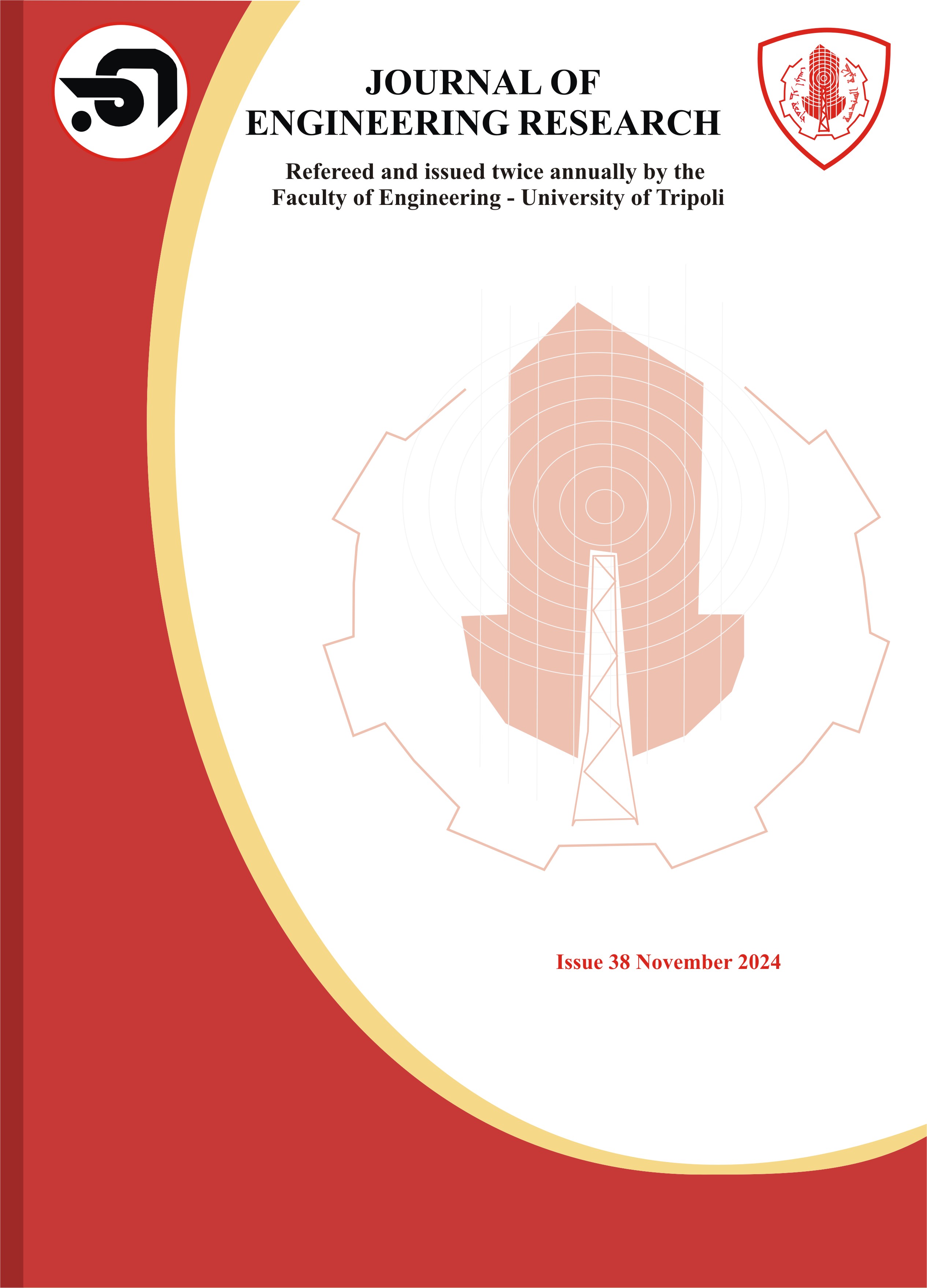SPECTRAL ANALYSIS OF DIFFUSION FLAME DYNAMICS WITH FUEL EXCITED AND ITS INTERACTION WITH AN ACOUSTICALLY RIJKE TUBE
Keywords:
KEYWORDS: Thermo-acoustic Instability; Chemiluminescence Emissions; Rijke Tube; Power SpectrumAbstract
ABSTRACT
The instability of combustion processes in heat engines, particularly those with continuous fuel injection such as gas turbines and jet engines, poses significant challenges impacting efficiency, fuel consumption, and engine life. A critical factor contributing to this instability is the interaction between fluctuating heat release from combustion and acoustic pressure fluctuations within the combustion chamber. Rayleigh criteria have been pivotal to understanding this instability, particularly in settings like the Rijke tube, where acoustic excitation plays a crucial role. In recent experimental studies, the dynamics of diffusion flames within a vertical Rijke tube were investigated extensively. In this paper, the Rijke tube is acoustically excited at first three harmonics mode of 74 Hz, 222 Hz and 370 Hz, and fuel is excited with frequencies from 30 Hz to 300 Hz. Measurements included acoustic pressure via microphone system and flame chemiluminescence emissions via light cell system have been analyzed. Notably, at a fuel excitation frequency of 90 Hz, significant flame instability was observed, influencing both flame appearance and spectral characteristics. Under excitation, the initially laminar flame transitioned to turbulence, characterized by a change in flame color to blue and a distinctive V-shaped flame structure with rotational behavior. Increasing excitation further led to flame lift-off and extinction, akin to scenarios with increased fuel flow rates. Spectral analysis revealed a transition from a dominant frequency of 13 Hz (typical for laminar flame) to higher frequencies as instability progressed towards flame blowout. Moreover, experiments within the Rijke tube demonstrated strong interactions between fuel excitation and tube harmonics, notably at the first harmonic frequency where anti-node pressure fluctuations were most pronounced. This interaction significantly affected flame stability, evident in RMS values peaks of chemiluminescence emissions, while decays indicated instability or extinguishment. Acoustic pressure fluctuations, particularly at the first harmonic frequency, exerted a significant destabilizing effect, whereas lesser effects were noted at higher harmonics, where acoustic velocity fluctuations are high. Cross-correlation analysis between acoustic pressure and flame chemiluminescence emissions highlighted clear distinctions between stable and unstable conditions. These findings underscore the complexity of combustion instability and its sensitivity to acoustic conditions and fuel excitation frequencies. Such insights are crucial for developing effective stability control systems, whether active or passive, aimed at enhancing engine performance and reliability in diverse operational conditions.




